What is a hawker centre you might be wondering? They are typically open-air community buildings found in South-east Asia that hosts a vast array of food stalls selling eclectic street food dishes. In Singapore, there are over 100 hawker centres and you could conceivably spend your whole vacation feasting like a king without visiting an actual restaurant.
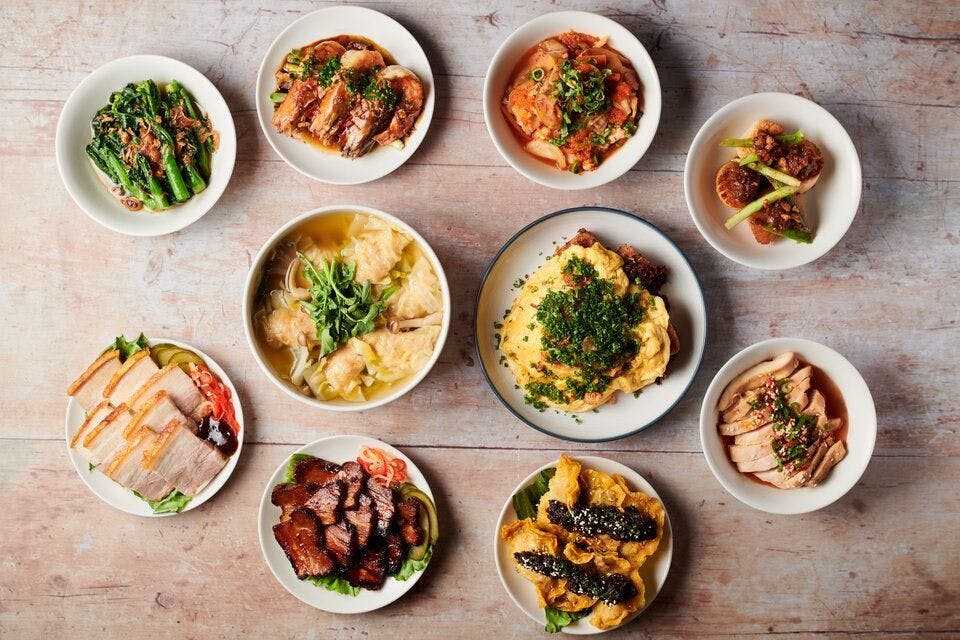
Why are they so popular in Singapore? Much like the ubiquitous pubs in the United Kingdom, they are seen as community gathering hotspots. They are often connected to housing estates and seen by the government as crucial to social cohesion. Singapore has been renowned as a cultural melting pot since its independence from Malaysia in 1965. Ethnic Chinese makes up 75.9% of the population, followed by ethnic Malays at 15% and ethnic Indians at 7.5%. This is reflected in the thrilling diversity of gastronomic delights on offer at hawker centres. It was no surprise to see hawker culture awarded UNESCO’s Representative List of the Intangible Cultural Heritage of Humanity in 2020.
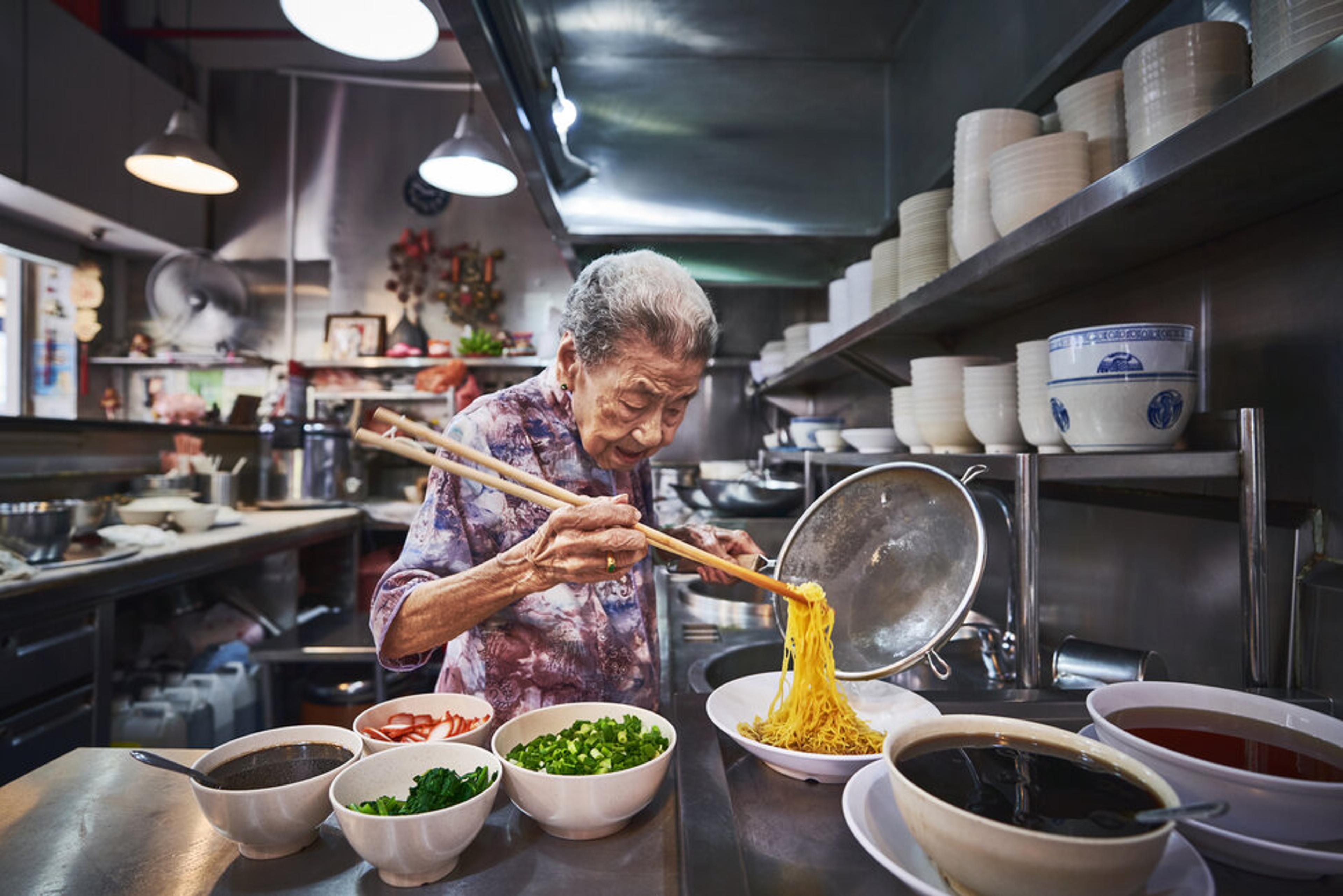
The largest hawker centre is the Chinatown market with over 700 stalls (including non-food stalls). It has the famous original Hawker Chan food stall, which was the only Michelin-starred food stall until 2021 when it sadly lost its star but it still retained its Bib Gourmand recognition. Queues persist every day for the maestro’s world-famous soy sauce chicken. The buddha tooth relic temple next door is a sight to behold even if you are not religious by nature. Apart from the majestic nature of the building, there are numerous artifacts of great historical significance.
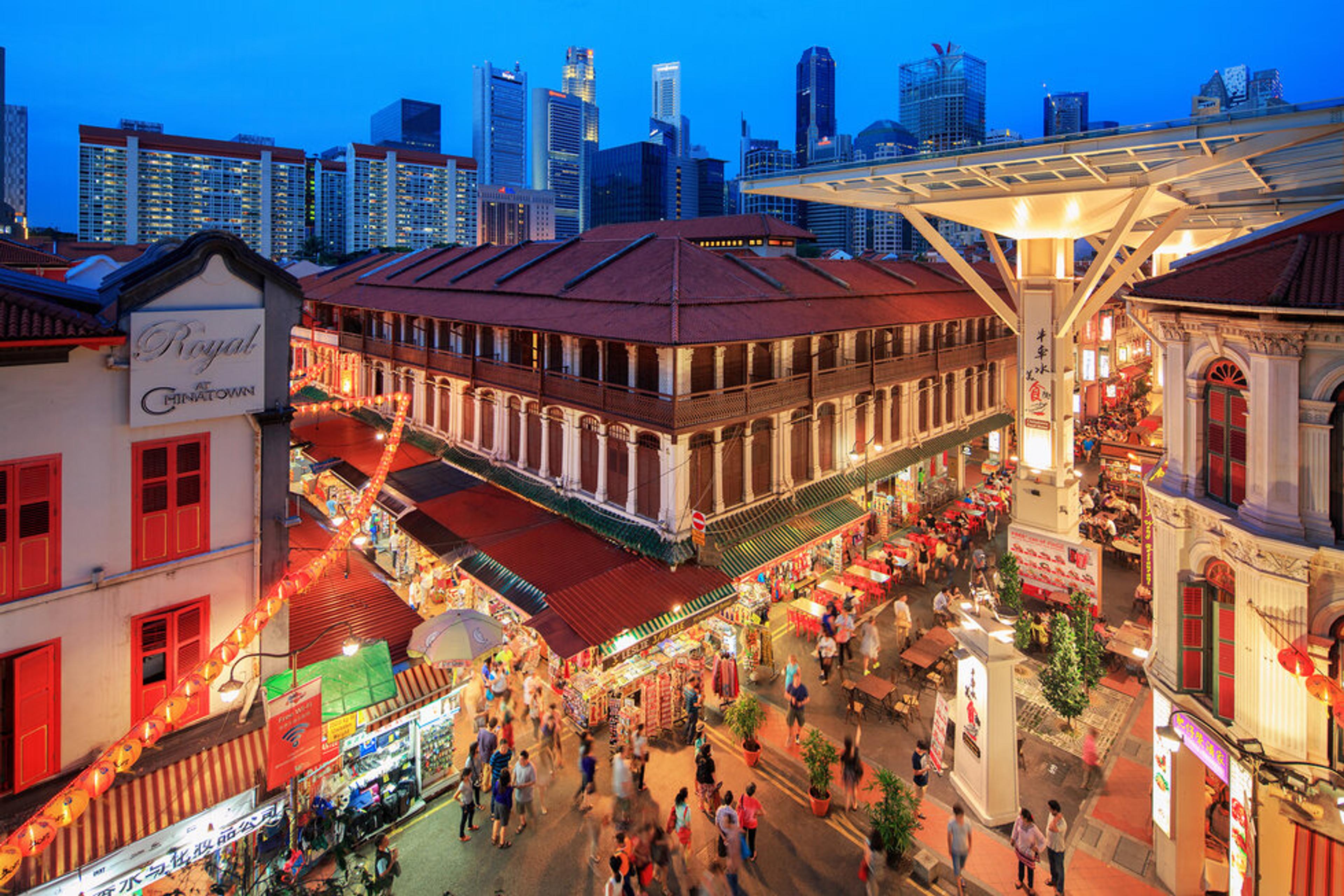
If you want to sample the delights of Indian cuisine, then the place to visit is Tekka Centre, right by thriving Little India. For those who claim Singapore is too sterile and too clinical, a little trip to this area will dispel those myths. With hip graffiti artwork, vibrant traders and a happening atmosphere, this is the beating heart of Singapore. Here, you must visit Haji Johan to try the Temasek Indian Rojak. Their colourful fritters include cow lungs, cuttlefish, fish cakes and the ever-popular prawns. It isn’t reheated in a microwave for you but re-fried behind the scenes and presented with onions, cucumbers and chilli. Don’t forget to order the iconic teh tarik (pulled tea) from a nearby stall, which offers a much fuller flavour compared to conventional tea.
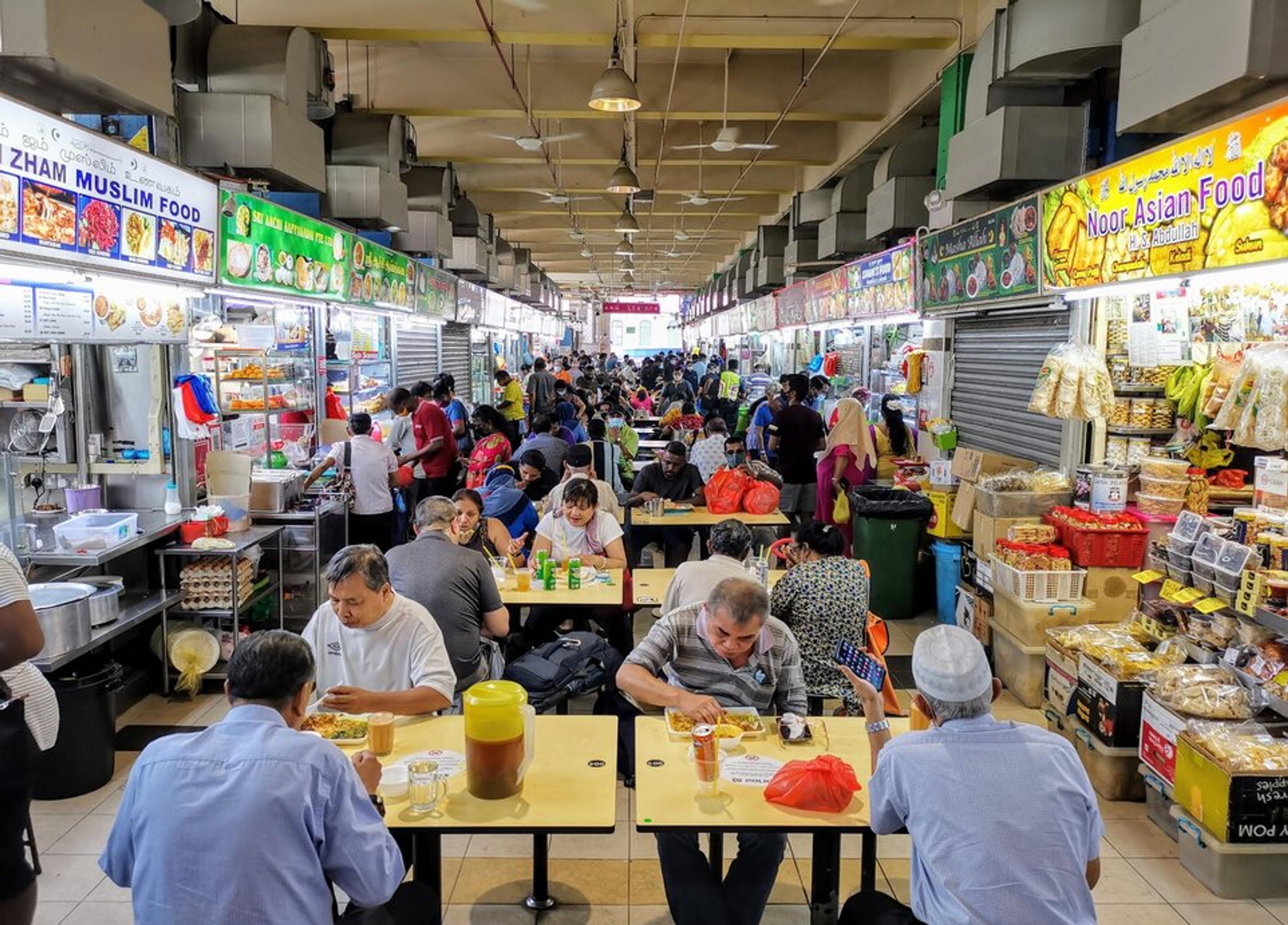
For Malay food, look no further than Joo Chiat Complex. The local area is the focal point of the Malay community and here you can experience the authentic sights, sounds and smells of Singapore. A visit to Pondok Ambeng is a must with their impressive Indonesian sharing platters. It might be casual food stalls, but their ambeng daging and ambeng ayam are immaculately arranged. They are essentially rice platters that feed up to 4 people surrounded by classic meat or vegetarian dishes. At this food complex, all dishes are halal.
Others to consider visiting include the spacious Tiong Bahru Market. It opened in 1951 as a town centre for public meetings and political rallies. There is something for everyone with their vast array of options. You can try the famous Singapore “carrot” cake. It is a dish of stirred-fried radish cakes. It doesn’t contain any carrots, but the misnomer arose due to loose English from the Hokkien translation of radish pastry. There is also Chwee kueh, steamed rice cakes served with preserved radish and prawn mee, which are noodles filled with an umami-rich broth. The latter is around $5 whilst the other dishes are even cheaper.
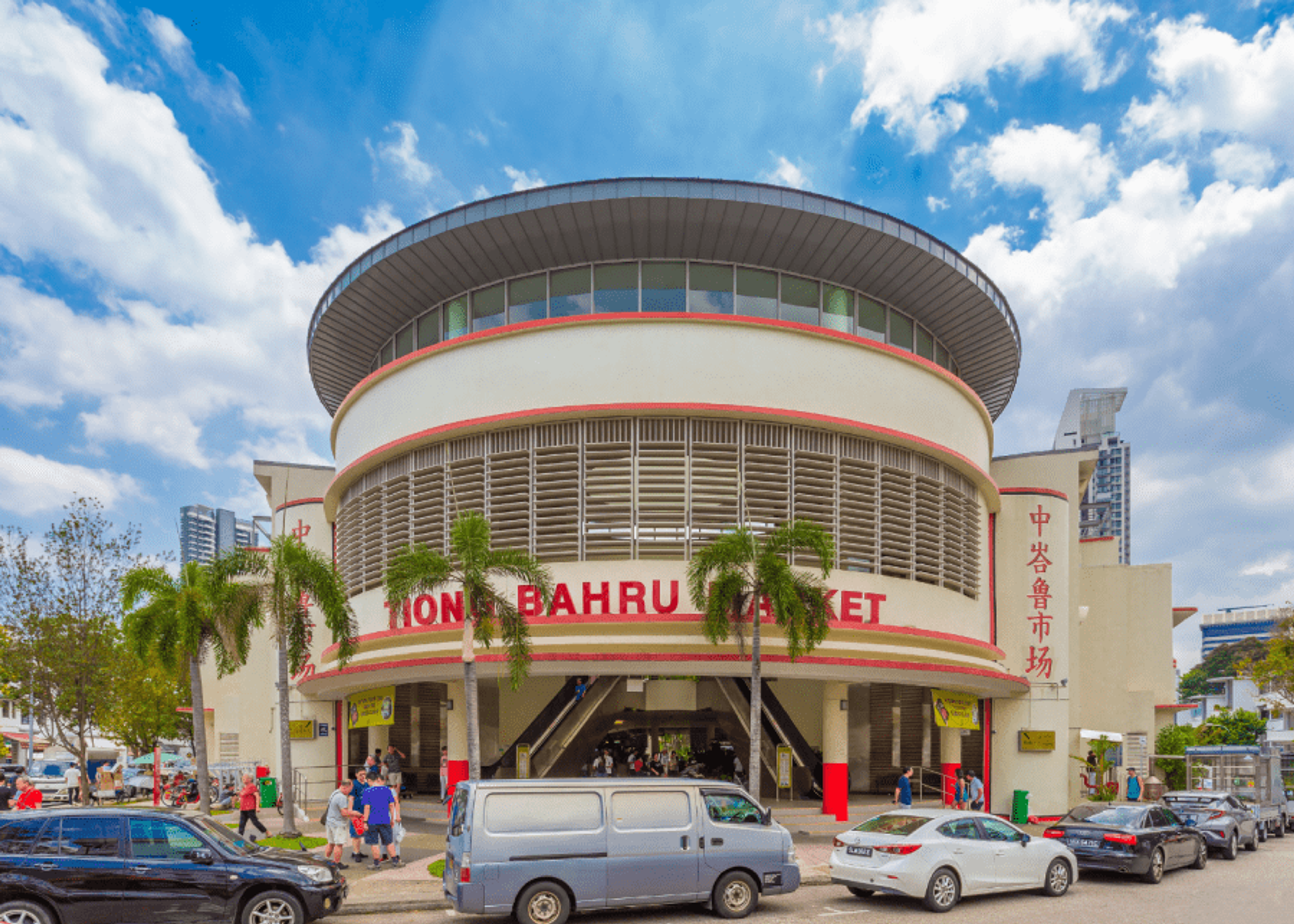
Rounding off our hawker food guide is Lau Pa Sat which is centrally located in a historic building with a Victorian rooftop. Everything is ultra-clean and accessible (there is no wet market on site). You can satisfy your sweet cravings with classic Singaporean desserts like ice-shaved assorted bubur chacha which has flavoured ice, konnyaku jelly, sweet potatoes and yam.
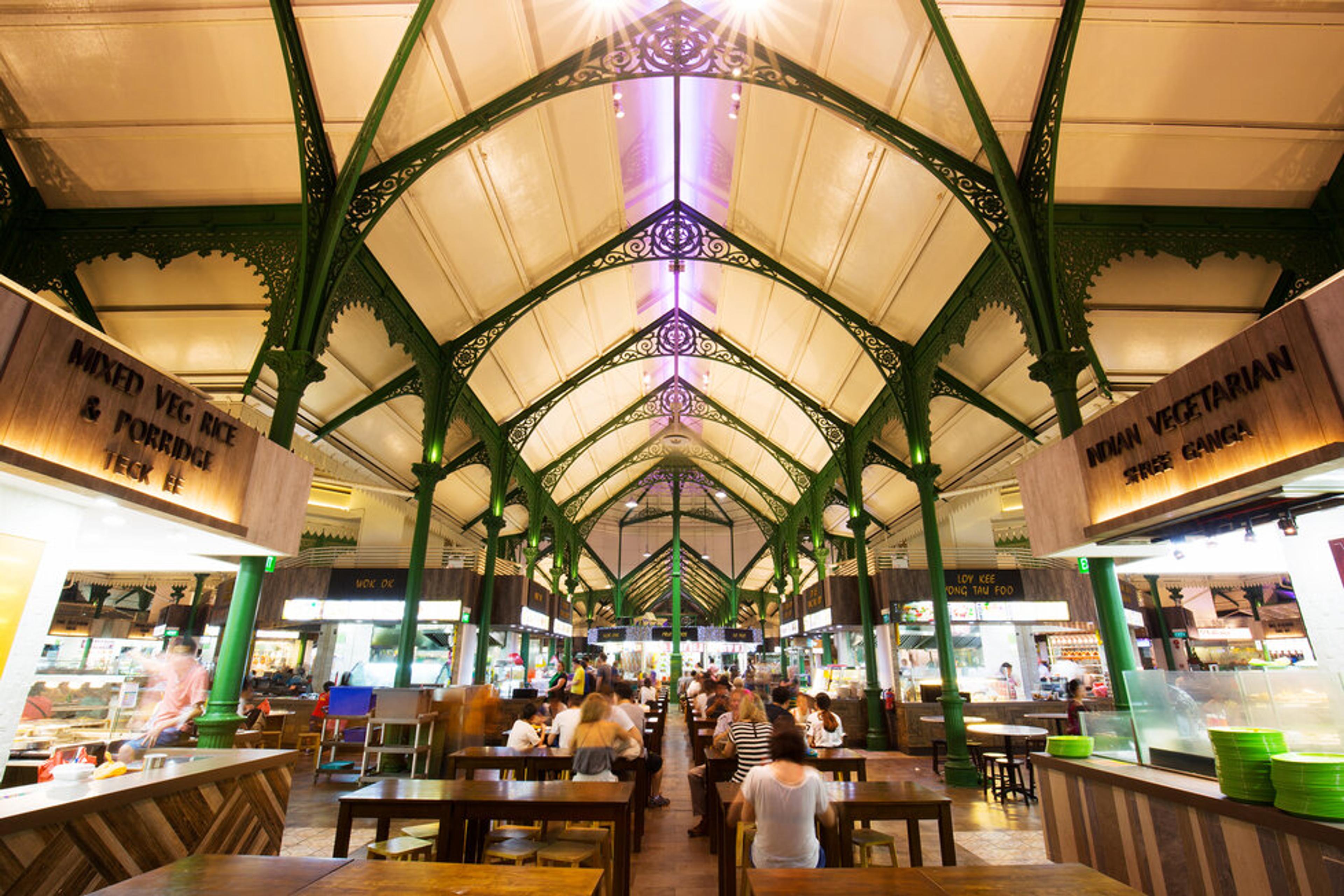
Finally, countless Singaporean restaurants do offer hawker-style food whilst not being housed officially in a hawker centre. One of my favourites is Keng Eng Kee. They are one of the best zi char (a mish-mash of local dishes cooked in a communal setting) restaurants in the country and were Michelin-plated from 2016-2021. Their take on the iconic Singapore chilli crab is less spicy than other versions on the island and perhaps more palatable for western tastes. Their coffee pork ribs are a genius creation whilst the signature moonlight hor fun is silky smooth thanks to the addition of the raw egg yolk on top.
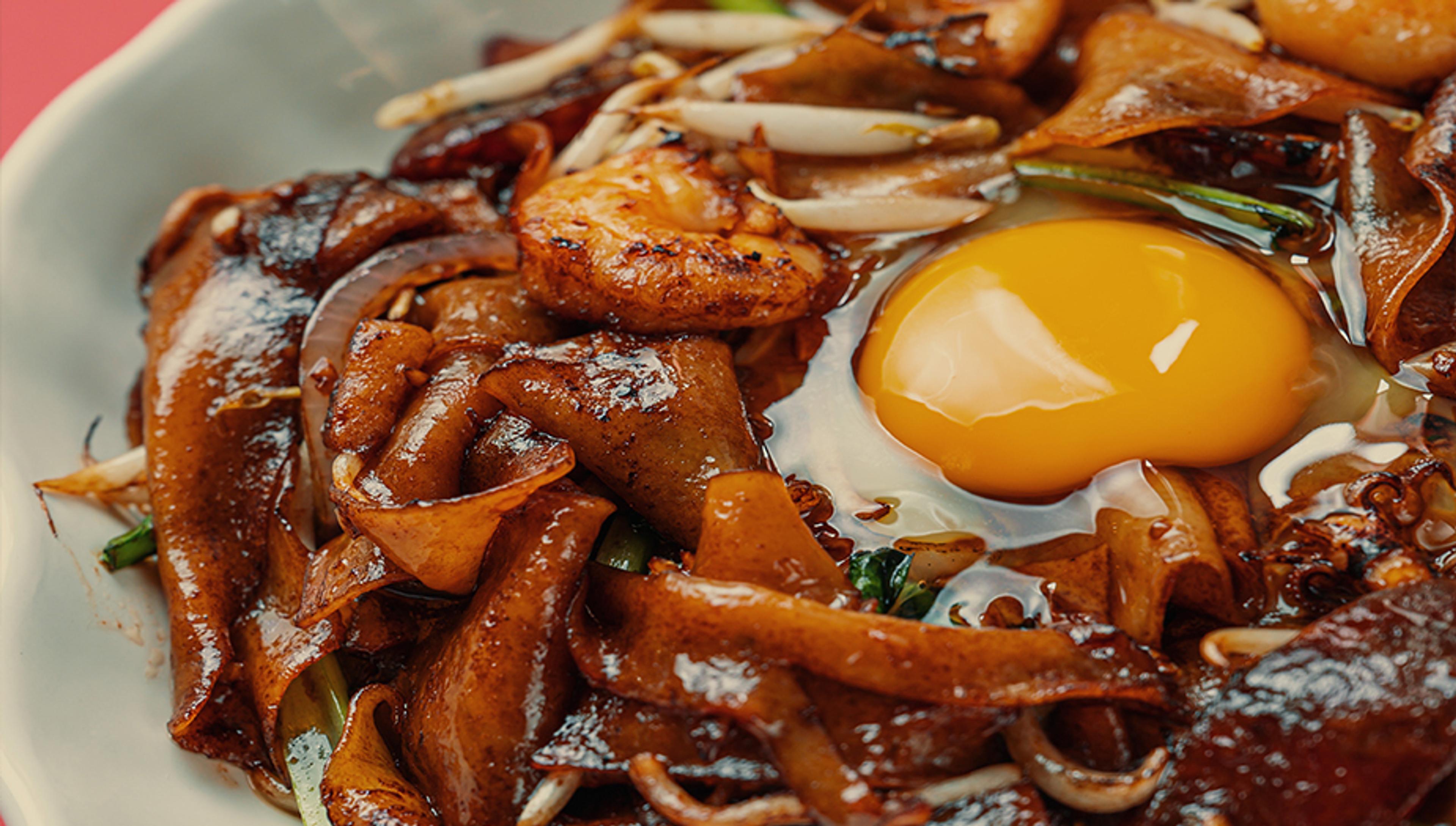
Flight tickets might be expensive at the moment to the Far East due to limited flight schedules, but Singapore has proven to be incredibly affordable and has the diversity and breadth of cuisine to impress the most demanding food connoisseurs.
https://www.visitsingapore.com/en/

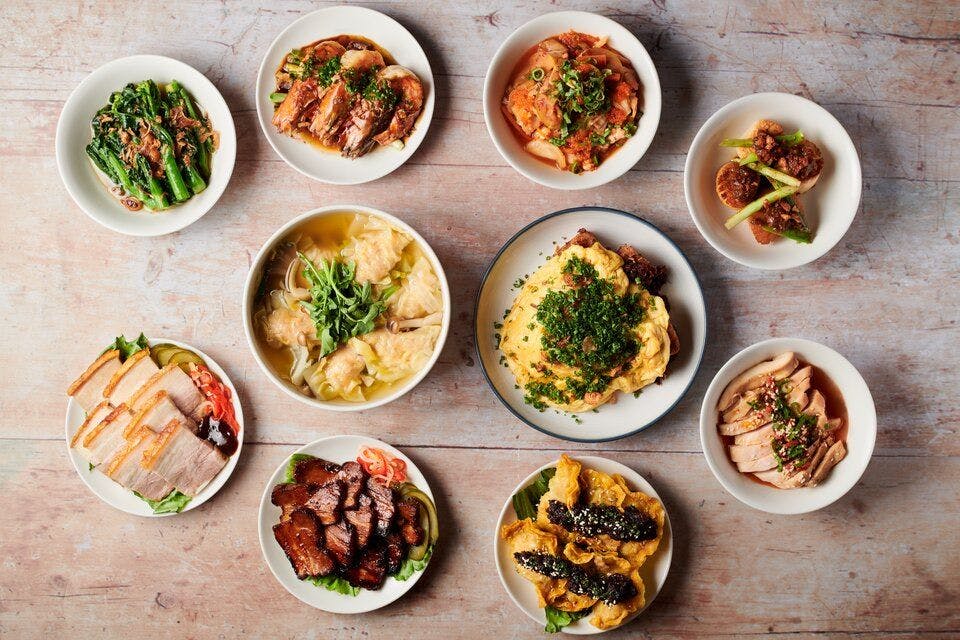
Comments are closed.